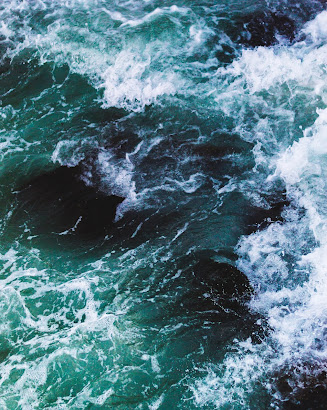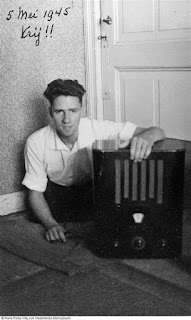My Review of Patterns of Evidence: The Red Sea Miracle II
It’s a story many of us are quite familiar
with. The Israelites were slaves in Egypt, laboring under the heavy hand of
Pharaoh and the whips of cruel taskmasters. Then God raised up Moses to lead
His people out of slavery. After a series of plagues, Pharaoh agreed to let the
Hebrews go. But then he changed his mind. His army set out in their chariots
after them, and the Israelites found themselves trapped between the Egyptian army
and a body of water. With nowhere to go, the people began to panic and turn
against Moses for leading them there. But the Bible tells us that God split the
sea and the Israelites crossed through on dry land. The Egyptian army took off
after the Hebrews, but the waters closed in on them, burying the soldiers,
horses, and chariots in the sea. God saved His people that day.
This isn’t just a fantasy or fairy
tale. The Biblical record is a reliable historical account of something that
really happened. I’ve always believed this. But where did the Israelites cross
the Red Sea? Or was it even the Red Sea? Should the Hebrew “Yam Suph” actually
be translated differently? I have to admit I hadn’t really considered these
questions before watching the Patterns of
Evidence documentaries made by Timothy Mahoney.
The most recent installment in the
series: The Red Sea Miracle II explores
where the crossing took place—was it in the depths of the Red Sea’s Gulf of
Aqaba or a shallower lake in Egypt?—and whether it was a mighty miracle of epic
proportions or something explained by natural causes such as wind. I thoroughly
enjoyed watching it.
It’s a combination of interviews with
leading scholars and other people whose life and work connected with the movie
in some way, re-enactments of the Biblical story, stunning special effects, on-location
filming in Israel, Egypt, and other countries, and excellent narration.
The film did an excellent job of
seeking to find out what the Bible really says and also exploring the
archaeological and other historical evidence. It represented all sides of the
arguments—those who believe in a deep sea crossing by a supernatural miracle,
those who believe in a shallow water crossing explained naturalistically, and
those who fall somewhere in between.
I personally came away freshly inspired
by the fact that God did do a mighty
miracle for the Israelites, and He still does miracles today. It’s easy to
become so familiar with Biblical history that you lose the wonder of it. Watching
these documentaries has rekindled that conviction in me that real history, and
especially the history in the Bible, is truly spectacular. I enjoy an epic fantasy story like The Lord of the Rings. But I’ve come to
see that these stories—these true stories—are
far more amazing than even an incredible work of fiction like Tolkien’s (and I
think J. R. R. Tolkien would agree with me. As a little side note, both J. R. R. Tolkien and one of my personal
favorite authors, C. S. Lewis, are portrayed in the movie talking about
miracles and their fantasy works.) After all, history is a story written by God
Himself.
Overall, I give Patterns of Evidence: The Red Sea Miracle II five out of five stars
and highly recommend it.
I also highly recommend watching The Red Sea Miracle I and the other Patterns of Evidence films: The Moses Controversy and The Exodus. These explore the
questions—When did the Exodus take place? How many Hebrews were there who left
Egypt? Did Moses write the first five books of the Bible? When and how was the
Hebrew language invented?—and more.
Well, always remember, “He who calls you is faithful, who also will
do it,” (1 Thess. 5:24).
All for Him,
Savannah Jane



Comments
Post a Comment